Laboratories
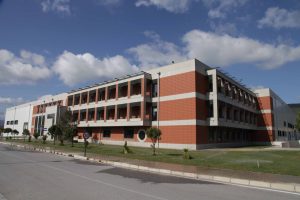
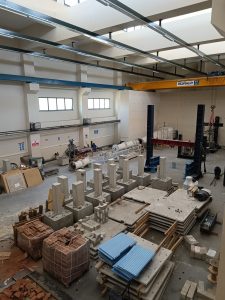
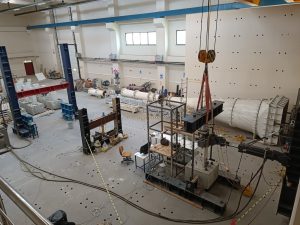
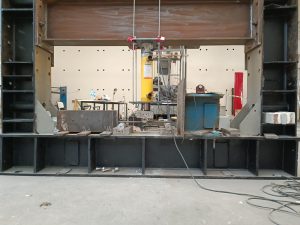
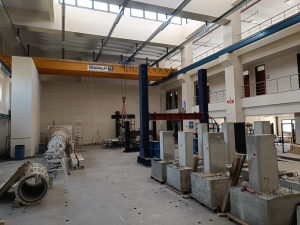
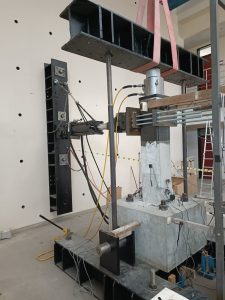
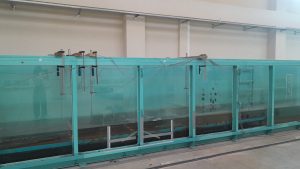
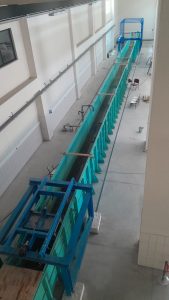
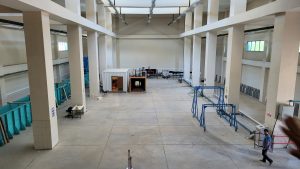
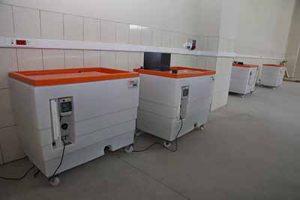
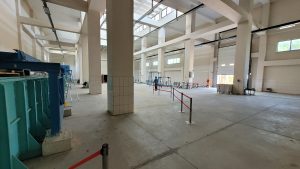
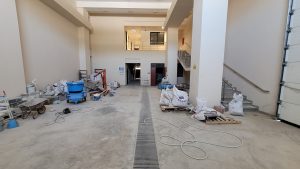
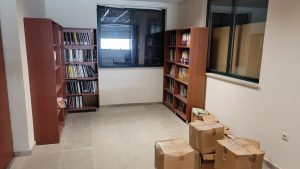
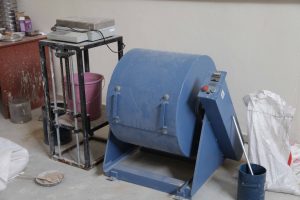

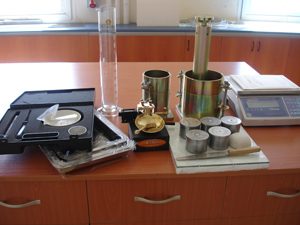
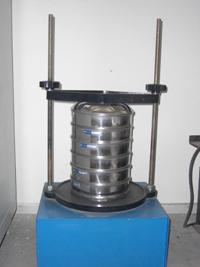
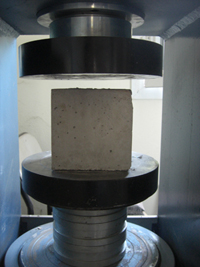
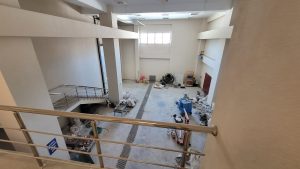
Structures Laboratory has a total area of 1062 m2. It houses a 51 m2 strong floor and a 4 m high reaction frame. The laboratory has a quickly expanding testing equipment inventory, which currently includes;
- MTS Displacement controlled loading system (445 kN tension, 650 kN compression, 500 mm total stroke)
- Hydraulic jacks (15, 30 and 50 tons capacities)
- Impact testing facility
- LVDT's, potentiometers
- Accelerometers
- Load cells (5, 20, 50, 100 tons capacities)
- Data acquisition systems
- High-speed camera (500fps@1MP)
- Shaking table
- Steel machining equipment, including a pedestal drill, a milling machine, saws and a welding machine.
The laboratory also holds licences to various software used extensively in research, including ANSYS, SAP2000, ETABS, SAFE, LABVIEW and X-MODAL
Laboratory Supervisor
- Asst. Prof. Korhan Deniz DALGIÇ
Geotechnical Laboratory was established in 2007. The total area of laboratory approximately 822 m2 . Most fundamental soil mechanic experiments can be done in this laboratory, such as Water Content, Plastic Limit, Liquid Limit, Specific Gravity, Direct Shear Test, One Dimensional Compression Test, CBR, Consolidation, and Hydraulic Conductivity Tests.
Testing Machine & Equipments;
- One-Dimensional Compression System
- Automatic Compaction
- CBR Test Apparatus
- Direct Shear Test Apparatus
- Consolidation Apparatus
- Standard and Modified Proctor Set
- Motorized Casagrande Liquid Limit Device
- Standard Equipment for Soil Classification, Compaction, CBR
- Electric Sample Extractor
- Point Load Test Sets
- Hydraulic Conductivity Test Sets
- Sand Cone
- Automatic and Manual Casegrande Set
- Point Load Test Set (for rock)
- Specific Gravity Bench
- Seismic-Piezocone Penetration Test System (SCPTu)
Computer Programs;
- FLAC2D
- Plaxis2D
- Talren Version 4.0
- PFC2D
- SLOPE/W, SEEP/W
Laboratory Supervisor
- Prof. Nurhan ECEMİŞ
Materials of Construction Laboratory shares a total closed area of 546 m2 with Transportation Laboratory. The facilities and equipments are summarized below:
- A universal testing machine with compressive load capacity of 200 tons.
- A universal testing machine with tensile load capacity of 30 tons.
- A 3 ton capacity overhead crane.
- Equipments such as autoclave, calorimeter, Blaine apparatus, mortar mixer, flow table, etc. for the determination of physical, chemical and durability properties of cements and mortars.
- Equipments such as air-meter, slump test set, vibration table, curing tanks, capping set, etc. for the determination of various properties of concrete.
- Concrete mixers, molds, sieve sets, sieve shakers, Los Angeles abrasion machine, furnaces, water tanks, balances, and other laboratory equipments.
- Concrete core drilling machine.
- Non destructive testing equipment such as concrete test hammers, ultrasonic pulse velocity, covermeter, etc.
Experimental studies are also supported by the facilities of Center for Materials Research where SEM, XRF, XRD, DTA, TGA, BET etc. analyses can be performed.
Current research projects are focused on the pozzolanic properties of perlite, chemical admixtures in self-consolidating cementitious materials and robustness of self-consolidating concrete.
Laboratory Supervisor
- Prof. Volkan Emre UZ
Hydromechanics laboratory has a covered main hall and two auxiliary halls. Total area is 1370 m2. There are two underground reservoirs storing 800 m3 of water and two pumping stations each having 300 lt/s capacity to rise water to elevated constant head tanks and to the supply pipes.
There is a wave channel 40 meters long, 1 meter wide, and 1.5 meters deep, with a piston-type wave generator at the beginning of the channel that can generate waves. Most of the enclosed area of the main hall is reserved for hydraulic model studies conducted in the laboratory. There are basic experimental facilities used in undergraduate student experiments and experimental setups reserved for scientific research
Testing Machine & Equipments;
- Horizontal Channels
- Wave Channel
- Sediment Channel
- Pipeline Systems
- Water Hammer Setup
- Spillway
- Electronic Force, Pressure, and Acceleration Transducers
- Acoustic Doppler Velocimeter
- Computerized Data Collection Systems
Additionally, Computational Fluid Dynamics (CFD) tools are used in preliminary design, preparation for experimental studies, and sometimes to cover tests that are difficult in physical models. There is a computer laboratory with high-performance desktop computers for CFD simulations.
Computer Programs;
- ANSYS-FLUENT
- Flow-3D
Laboratory Supervisor
- Asst. Prof. Doğan KISACIK
